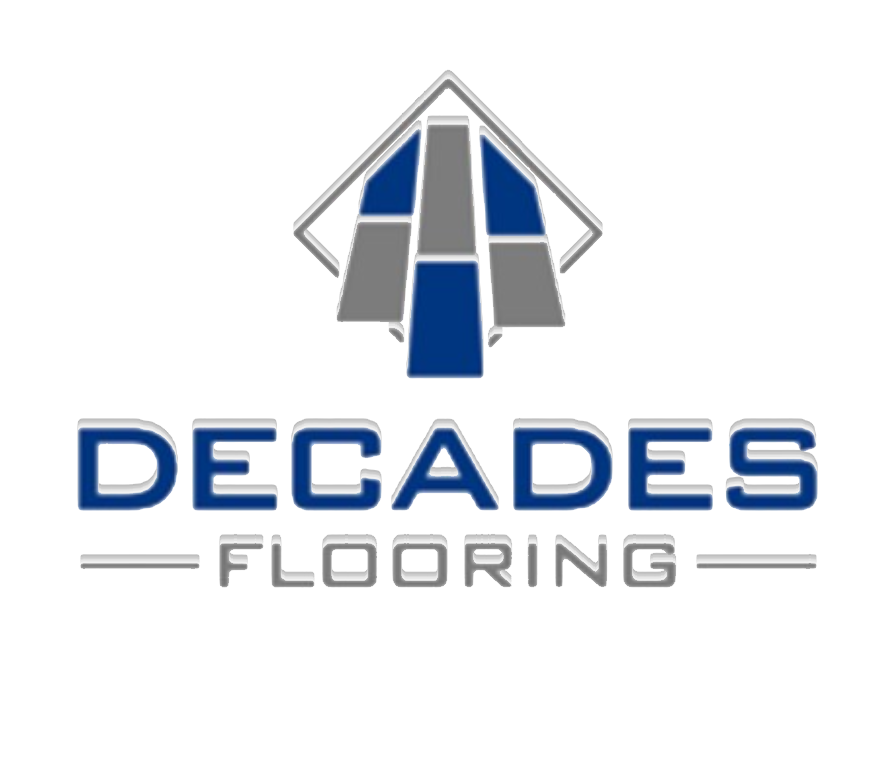Hardwood floors are a timeless and elegant addition to any home or commercial space. They add warmth, beauty, and character that can enhance the aesthetic appeal of a room. However, over time even the most durable hardwood floors can show signs of wear and tear. It is important to know when you need a floor restoration service so that you can ensure their longevity and maintain their value.
There are several common signs that indicate your hardwood floors need restoration.
– Discoloration and fading
– Visible wear and tear
– A lack of shine and luster
In this article, we will discuss these signs in detail so that you can identify them in your own flooring and take appropriate action to restore them to their former glory. Whether you are a homeowner or a business owner, understanding these signs is crucial for maintaining the integrity of your hardwood floors for years to come.
Discoloration and Fading
The presence of discoloration and fading on hardwood floors is indicative of degradation in the wood’s natural coloration. This can be caused by prolonged exposure to sunlight, moisture, or chemical agents.
Discoloration may appear as yellowing or greying of the wood while fading can lead to a loss of vibrancy in its natural hues. Both issues can detract from the aesthetic appeal of your home’s interior.
Discoloration and fading are common signs that indicate your hardwood floors need restoration. However, it’s important to note that not all discoloration is irreversible and restoration techniques such as sanding and refinishing can restore the wood’s original beauty.
Additionally, taking preventive measures like placing area rugs in high-traffic areas or using window treatments to block out direct sunlight can help prolong the life of your floors.
Overall, staying vigilant for signs of discoloration and fading will ensure that you catch any issues early on before they become more severe.
Visible Wear and Tear
Evident scuffs, scratches, and dullness on a hardwood floor can convey a lack of care and attention to detail in the maintenance of one’s home. Visible wear and tear is one of the most common signs that indicate your hardwood floors need restoration. Here are some other signs to look out for:
– Gaps between the boards
– Cupping or crowning
– Buckling or warping
– Squeaking or creaking
– Water damage
Gaps between the boards occur when there is a change in humidity levels, causing the boards to expand or contract. Cupping and crowning happen when there is moisture imbalance on either side of the board. Buckling or warping occurs due to excess moisture exposure from spills or leaks. Squeaking or creaking happens when there is movement between the subfloor and hardwood flooring, which could be due to an uneven subfloor installation. Lastly, water damage can cause discoloration, swelling, mold growth, and structural instability if ignored.
Visible wear and tear such as scuffs, scratches, gaps between boards are all indicators that your hardwood floors need restoration. It’s important to address these issues promptly before they worsen over time and result in costly repairs down the line.
Lack of Shine and Luster
The lack of shine and luster is a common sign that hardwood floors require restoration.
The dull and lifeless appearance can be attributed to the wear and tear caused by regular foot traffic, furniture movement, and exposure to sunlight.
Additionally, a faded or discolored finish may indicate that the floor has not been properly maintained or protected from spills, scratches, and other forms of damage.
Dull and lifeless appearance
One possible indicator of the need for hardwood floor restoration is a lackluster appearance akin to a faded photograph.
Over time, wear and tear can strip away the protective layer of your hardwood floors, leaving them vulnerable to scratches, scuffs, and discoloration.
This can lead to a dull and lifeless appearance that detracts from the beauty of your home.
When you notice this type of damage on your floors, it’s important to take action quickly before it becomes more severe.
Restoring your hardwood floors can involve sanding down the surface to remove any scratches or dents.
A new coat of finish can then be applied to protect against future damage and restore the shine and luster that your floors once had.
By addressing these issues early on, you can prolong the lifespan of your hardwood floors and keep them looking beautiful for years to come.
Faded or discolored finish
A faded or discolored finish on hardwood floors can be indicative of prolonged exposure to sunlight and/or moisture, resulting in a need for restoration to preserve their natural beauty. Sunlight exposure can cause the wood’s color to fade over time, while moisture damage can lead to discoloration and even warping. These signs are particularly common in areas near windows or doors that receive direct sunlight or where there is high humidity.
If left unaddressed, faded or discolored finishes can detract from the aesthetic appeal of your home’s interior design. Restoring hardwood floors with a professional refinishing service can help restore their natural beauty and protect them from future damage. This process involves sanding down the damaged surface layer, repairing any imperfections, and then applying a fresh coat of sealant to help keep your floors looking new for years to come.
Lack of protection and maintenance
Neglecting to protect and maintain hardwood floors can lead to a range of issues. Not only does it detract from the aesthetic appeal of your home, but it can also reduce the durability and longevity of your flooring.
Over time, dirt, grime, and other debris will accumulate on the surface of your floor. Without regular cleaning and upkeep, this buildup can cause scratches and scuff marks that penetrate through the protective layer of finish on your hardwood floors.
In addition to regular cleaning practices, there are several other steps you can take to protect and maintain your hardwood floors. One such step is investing in area rugs or runners in high-traffic areas like entryways or hallways. This helps prevent scratches caused by shoes or pets’ claws.
Another effective measure is placing felt pads under furniture legs to avoid causing dents or scrapes on the floor’s surface when moving heavy objects around. By taking these preventative measures regularly, you’ll be able to extend the lifespan of your flooring while maintaining its original beauty for years to come.
Frequently Asked Questions
How long does it take to restore hardwood floors?
Restoring hardwood floors can take anywhere from 3 to 7 days, depending on the extent of damage, type of finish, and size of the area. It involves sanding, refinishing and adding a protective coat for durability.
Can hardwood floors be restored if they have deep scratches or gouges?
Hardwood floors with deep scratches or gouges can be restored through sanding and refinishing. The process involves removing the top layer of the wood to eliminate the damage and applying a new coat of finish to enhance its appearance.
Will the restoration process remove all stains and discoloration from the floors?
The restoration process may not remove all stains and discoloration from hardwood floors. It depends on the severity of the damage and the type of stain. A professional assessment can determine the best course of action for achieving desired results.
Is it necessary to move furniture out of the room during the restoration process?
During hardwood floor restoration, it is necessary to move furniture out of the room. This ensures that the entire floor can be properly sanded, refinished, and coated without any obstructions. Failure to do so may result in an uneven finish or damage to furniture.
How often should hardwood floors be restored to maintain their appearance?
Maintaining the appearance of hardwood floors depends on factors such as foot traffic, age, and finish. Generally, it is recommended to restore them every 7-10 years to prevent wear and tear from affecting their aesthetic appeal.
Conclusion
In conclusion, recognizing the common signs that indicate if you need a floor restoration, remember that is crucial in maintaining their quality and durability.
Discoloration and fading are noticeable indications of damage caused by exposure to sunlight or moisture. Visible wear and tear on the surface of your floor can be caused by foot traffic over time or furniture dragging across the surface.
A lack of shine and luster is also a sign that your hardwood floors require restoration. This can be due to dirt buildup, waxing that has worn off, or simply age.
Restoring your hardwood floors not only enhances their appearance but also protects them from further deterioration. By addressing these issues promptly with professional restoration services, you can extend the lifespan of your flooring investment and maintain its beauty for years to come.
How Much Can You Expect To Pay For Floor Restoration, And Does It Vary Depending On The Type Of Wood?
Bringing Back The Beauty: A Guide To Floor Restoration



